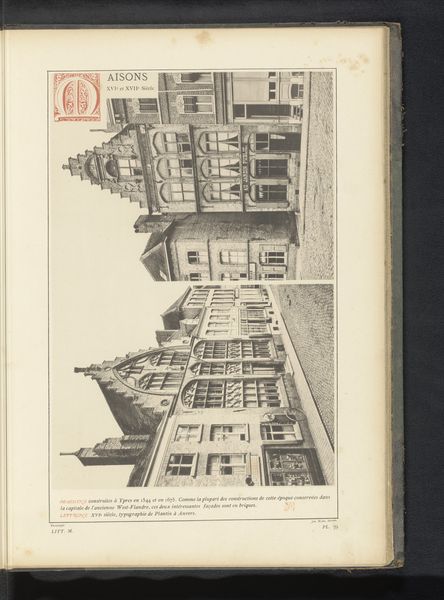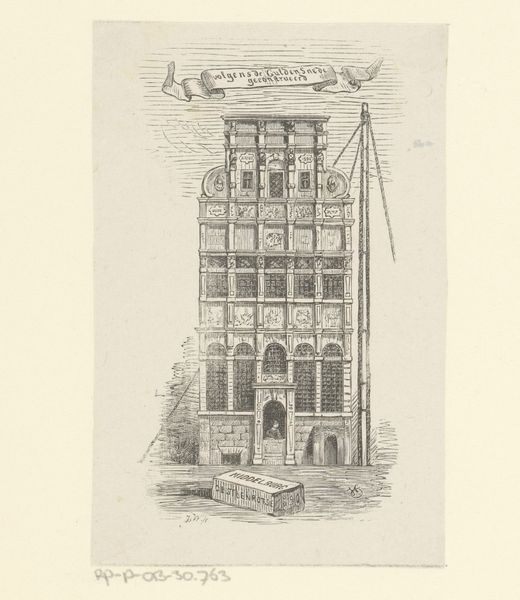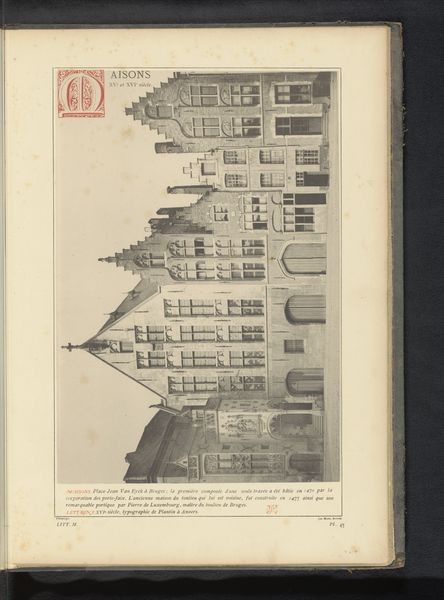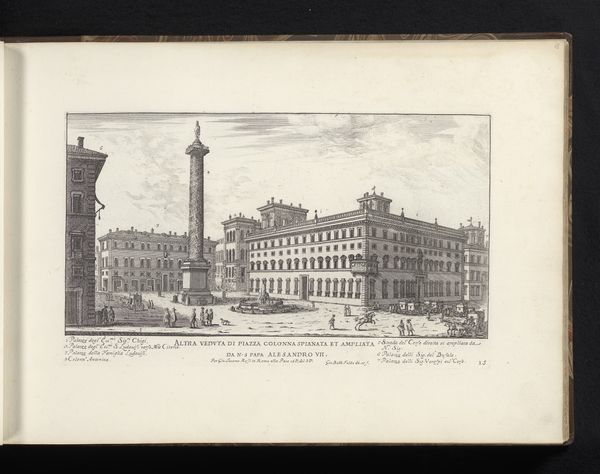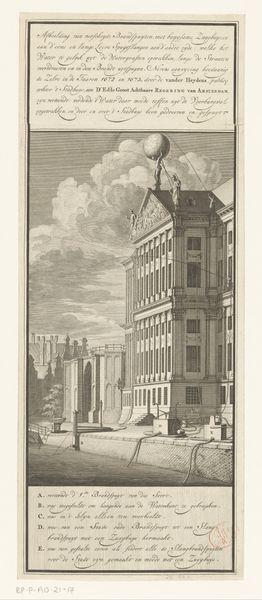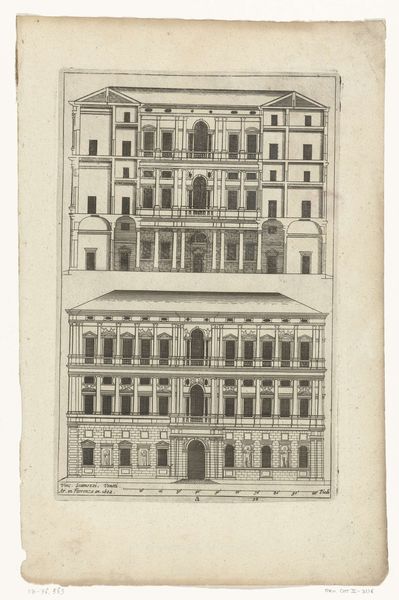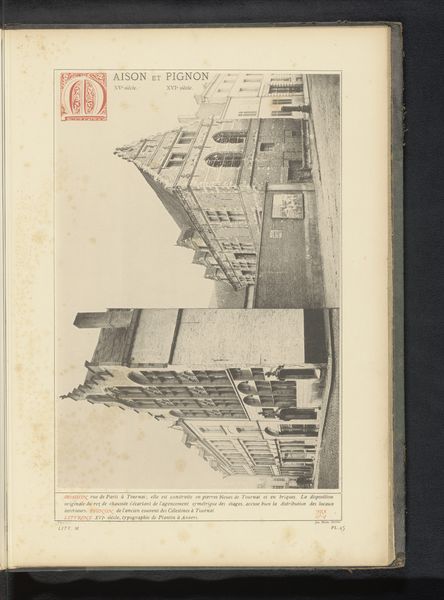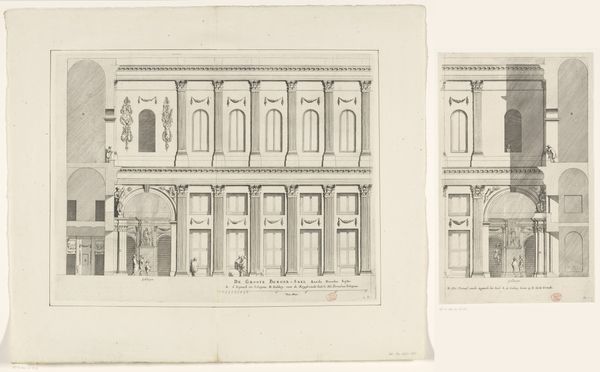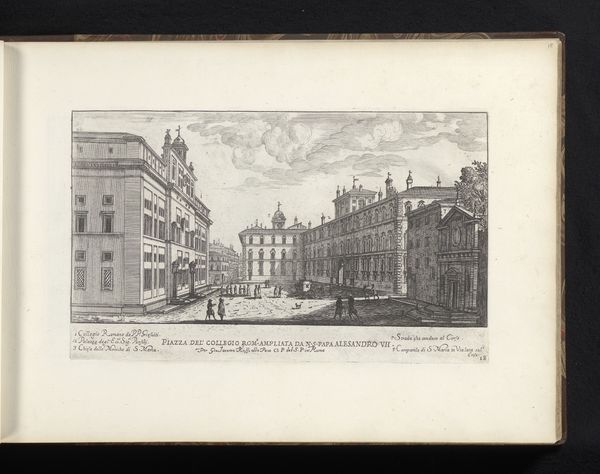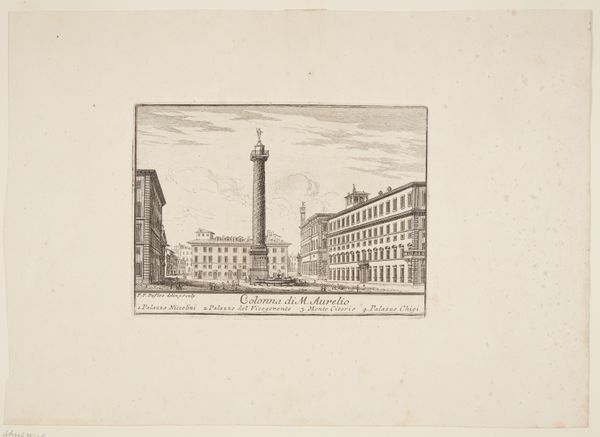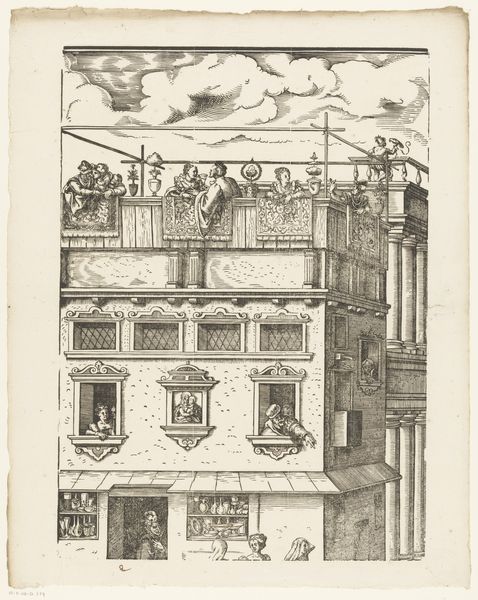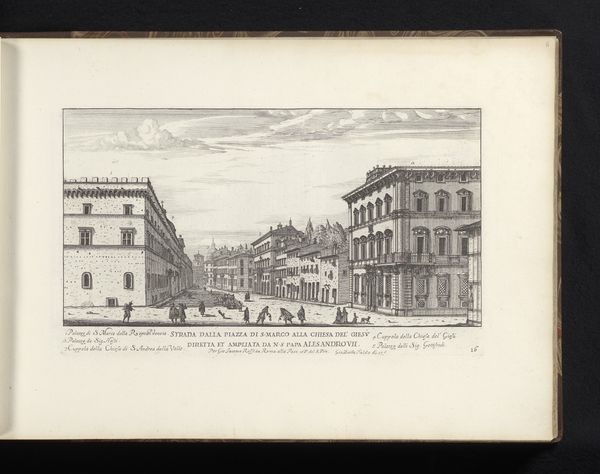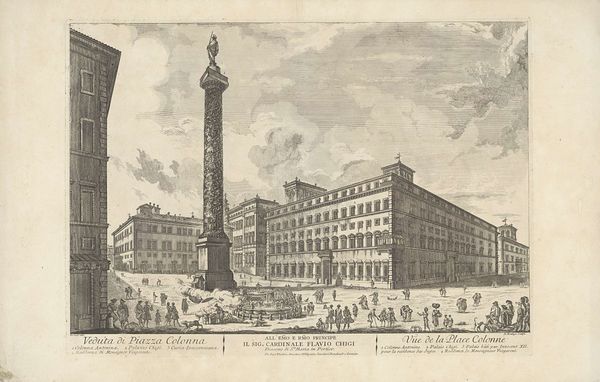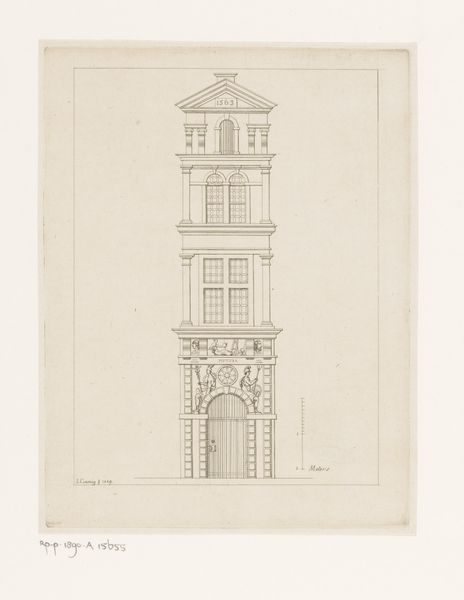
Pagina uit L'Illustration met acht afbeeldingen van gezichten op de Rue de Rivoli te Parijs 1854
0:00
0:00
drawing, print, engraving
#
drawing
# print
#
cityscape
#
street
#
engraving
Dimensions: height 369 mm, width 260 mm
Copyright: Rijks Museum: Open Domain
Curator: I’m struck immediately by the detail and sense of life conveyed in this monochrome print. Editor: We are looking at a page from "L'Illustration" dated to 1854, showcasing various scenes from the Rue de Rivoli in Paris by Jules Gaildrau. It's an engraving, capturing the city as it was rapidly transforming. Curator: The composition feels deliberate. The overall street view dominates, then multiple vignettes, little narrative windows offering perspectives into daily Parisian life at the time, a pastiche of modernity and the medieval tower standing as witness in the centre. Editor: Absolutely, and it is worthwhile understanding the political motivations to open up Paris in this way; Baron Haussmann being responsible for these modernisations ordered by Napoleon III. You can almost see the social engineering taking place here, creating a very public display of imperial progress and wealth. Curator: And what about these almost cinematic glimpses of the everyday—people strolling, businesses flourishing? Does that also contribute to the message? These small-scale studies become quite personal with shops full of delicious items and everyday life played out behind the grand boulevards. Editor: Precisely. Consider the function of "L'Illustration" itself. As a widely circulated journal, it actively participated in shaping public perception of urban change. The decision to feature the Rue de Rivoli wasn’t merely documentation, but also a celebration of the Second Empire’s vision. Look how it visually separates out the classes on the pavements, another implicit control. Curator: I do appreciate the architectural portraits. Even without colour, there's a clarity of texture that’s convincing. There's an almost tangible essence captured. These shops, and particularly the Saint Jacques tower in scaffolding have an appeal that extends through the decades. Editor: It prompts one to think how media can transform spaces from the practical, for everyday people, to representations of social aspirations and anxieties. Curator: Indeed, and for me the enduring interest comes from capturing individual nuances among collective change. That chocolate shop for instance—a sensory symbol transcending its context, a moment of sweetness amidst social upheaval. Editor: Thank you for those rich, illuminating observations. Curator: My pleasure, providing another glance at Paris past!
Comments
No comments
Be the first to comment and join the conversation on the ultimate creative platform.
